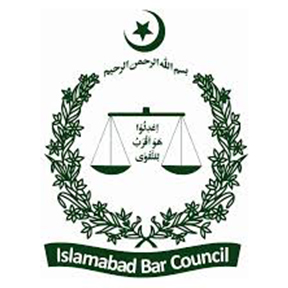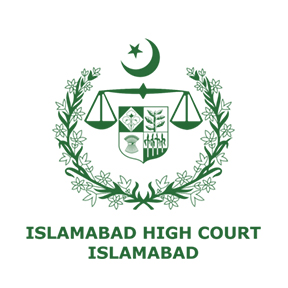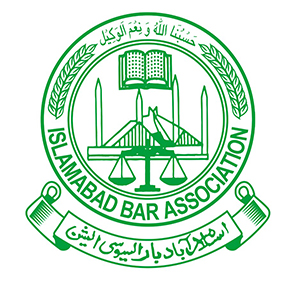A permanent resident (called lawful permanent resident or LPR) or conditional resident (CR) who has remained outside the United States for longer than one year, or beyond the validity period of a Re-entry Permit, will require a new immigrant visa to enter the United States and resume permanent residence. A provision exists under U.S. visa law for the issuance of a returning resident special immigrant visa to an LPR who remained outside the United States due to circumstances beyond his/her control. This webpage is about Returning Resident Visas. If you are an LPR unable to return to the United States within the travel validity period of the green card (1 year) or the validity of the Re-entry Permit (2 years), you may be eligible and can apply at the nearest U.S. Embassy or Consulate for a Returning Resident (SB-1) immigrant visa.
If your application for returning resident status is approved, this eliminates the requirement that an immigrant visa petition be filed on your behalf with the Department of Homeland Security (DHS), U.S. Citizenship and Immigration Services (USCIS). You will need to be interviewed for both your application for returning resident status, and usually later for the immigrant visa. An SB-1 applicant is required to establish eligibility for an immigrant visa and have a medical examination. Therefore, this involves paying both visa processing fees and medical fees.
Spouse or Child of a Member of the U.S. Armed Forces or Civilian Employee of the U.S. Government Stationed Abroad – If you are the spouse or child of a member of the U.S. Armed Forces or of a civilian employee of the U.S. government stationed abroad on official orders, you may use your Permanent Resident Card, Form I-551, to enter the United States even if it has expired. Therefore, you would not need a Returning Resident (SB-1) immigrant visa, as long as you:
- Have not abandoned your LPR status; and
- Your spouse or parent is returning to the United States.
Step 1 – Qualifying for Returning Resident Status
Under provisions of immigration law, to qualify for returning resident status, you will need to prove to the Consular Officer that you:
- Had the status of a lawful permanent resident at the time of departure from the United States;
- Departed from the United States with the intention of returning and have not abandoned this intention; and
- Are returning to the United States from a temporary visit abroad and, if the stay abroad was protracted, this was caused by reasons beyond your control and for which you were not responsible.
Applying for a Returning Resident Visa
If you wish to apply for a Returning Resident (SB-1) immigrant visa, you should contact the nearest U.S. Embassy or Consulate in advance of your intended travel (at least three months in advance, if possible) to permit sufficient time for visa processing. As part of the visa application process, an interview at the U.S. Embassy or Consulate is required.
You must also submit supporting documents that show the following:
- Dates of travel outside of the United States (Examples: airline tickets, passport stamps, etc.)
- Proof of your ties to the United States and your intention to return (Examples: tax returns, and evidence of economic, family, and social ties to the United States)
- Proof that your protracted stay outside of the United States was for reasons beyond your control (Examples: medical incapacitation, employment with a U.S. company, etc.)
Step 2 – Immigrant Visa Application and Documentation
The U.S. Embassy or Consulate will provide you with specific instructions for the remainder of the processing for your Returning Resident (SB-1) immigrant visa. While exact instructions may vary by embassy or consulate
Returning resident visa for USA requires deep consultation and case working and lack of appropriate guidance and documentation may lead to denial. If you have any questions or need further information, please do not hesitate to schedule of appointment for free consultation session.








